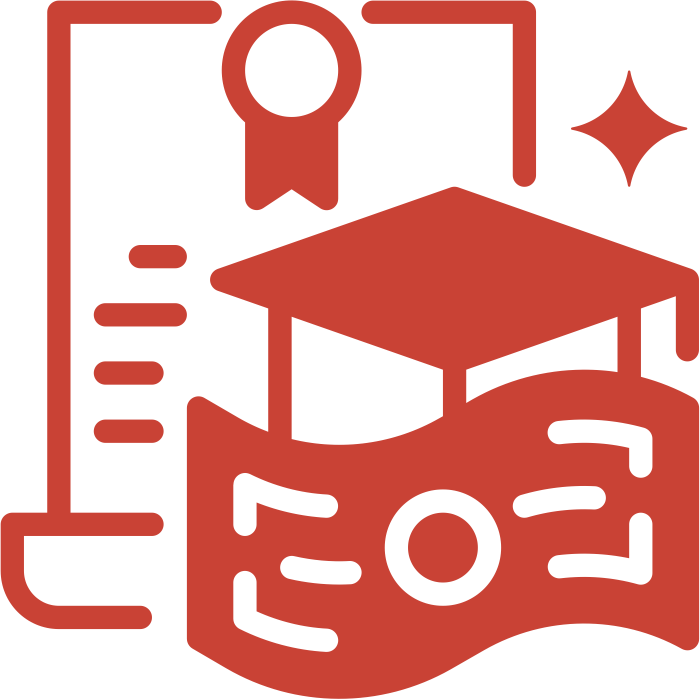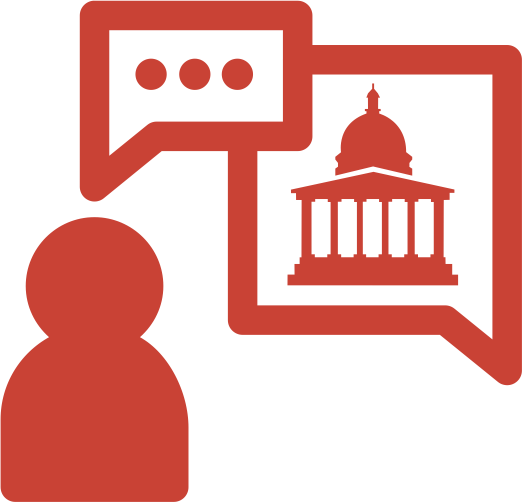Every stage in life has its own unique rhythm, especially during the early years. Rhythm for kids is not just about musical notes; it's the heartbeat of their learning and the tempo of their playful adventures.
Nestled in the heart of India's bustling metropolis, Aditya Birla World Academy stands out not only as one of the best-ranked schools in Mumbai but also as a haven where young minds find their rhythm, making a mark both in academics and in the art of life.
We understand the importance of integrating rhythm in the holistic development of children. But the rhythm at Aditya Birla World Academy doesn’t just end at that. Our commitment is to ensure every child experiences the joy of learning in harmony with the world around them.
From Melodies to Milestones: The Importance of Rhythm
We've always believed in the harmonious blending of education with life's intrinsic cadence. But why is rhythm for kids such a focal point of early childhood development?
Let's dive deep into the world of rhythm and explore how it isn't just about catchy tunes, but rather an underpinning principle of our existence.
Natural Learning Curve:
Our lives, right from birth, are ruled by rhythms - from the rhythmic sound of a mother's heartbeat that a baby hears in the womb to the routines that shape our daily lives.
Introducing rhythm for kids aligns seamlessly with their natural inclination towards patterns and order, making learning an extension of their innate tendencies.
Boosting Cognitive Development:
There's compelling research indicating that rhythmic activities, such as clapping to a beat or swaying to a melody, can enhance memory, attention, and overall cognitive growth in children.
Emotional Resonance:
Music, with its varied rhythms, often resonates with our emotions. For kids, this can be a gateway to understanding and expressing their feelings, fostering emotional intelligence from a tender age.
Physical Development:
It’s no secret that rhythmic activities, like dance or even simple hand motions, promote fine and gross motor skills. The coordination required in rhythmic activities is a fun way to get those little limbs moving!
Social Skills Enhancement:
Group rhythmic activities, be it in the form of group singing or ensemble performances, can help children develop essential social skills like cooperation, listening, and taking turns.
A Tool for Language:
Just as rhythm is pivotal in music, it’s crucial in language too. Think of the rhythmic nature of rhymes and how they aid in language acquisition and pronunciation.
Building Resilience:
Adhering to a rhythm, especially in daily routines, provides children with a sense of security and predictability, which in turn builds resilience in the face of life's uncertainties.
The Science Behind Rhythm and Brain Development
Delving into the intricacies of childhood, it's intriguing how rhythm for kids isn’t just a catchy phrase—it's deeply rooted in science and brain development.
Neural Connections Galore:
Activities rooted in rhythm for kids stimulate the brain in unique ways. Rhythmic patterns activate neural circuits, enhancing connectivity and plasticity. This is like a workout for the brain, strengthening cognitive functions and memory.
Motor Coordination:
The motor cortex and cerebellum light up during rhythmic activities. So, when kids tap their feet or clap their hands in tune, they're refining their motor skills and fostering brain-hand or brain-foot coordination.
Emotional Processing:
Rhythmic exposure, especially through music, has been shown to influence the limbic system—our emotional center. This boosts emotional intelligence and aids in emotional regulation, setting a strong foundation for empathetic relationships.
Language Acquisition:
Believe it or not, rhythm for kids can be a linguistic boon! The rhythmic nature of many linguistic constructs aids in language comprehension, pronunciation, and even vocabulary retention.
Dance Steps and Development
Dancing is a beautiful manifestation of rhythm for kids. It is more than just a fun activity. It’s a journey of growth, development, and self-expression. Let’s twirl through the significance of dance in early childhood:
- Boosting Brain Power: Engaging in dance fires up the neural networks. The fusion of movement and rhythm stimulates cognitive development and sharpens memory retention.
- Physical Perks: From enhancing muscle strength to improving balance, dance offers a full-body workout. It’s fitness wrapped in fun, ensuring kids remain active and agile.
- Emotional Outlet: Dance is a silent language of emotions. Through the rhythmic steps, children can express feelings they might not have words for, promoting emotional well-being.
- Social Swirls: Dance classes or group dances inculcate team spirit, patience, and understanding, helping kids to develop essential interpersonal skills.
- Creative Canvas: Dancing fuels the imagination. Each step, turn, and jump allows children to craft stories, boosting their creativity and artistic flair.
Parental Beat: How to Foster Rhythm at Home
Parents, home is the first and most enduring classroom, and with a bit of creativity, you can sync your home's heartbeat with the rhythm of learning. Here's how:
- Morning Melodies: Start the day with a song. Whether it's brushing your teeth or getting dressed, assigning a tune to morning tasks can make them fun and rhythmic.
- Kitchen Concerts: Cooking together can be a symphony! Let your child tap on pots, create shaker bottles, or just dance as you cook. Embrace the rhythm for kids in everyday chores.
- Reading Rhythms: Storytime can have a rhythm too. Emphasize the cadence in rhymes or create a rhythmic pattern while reading aloud.
- Nature's Symphony: Encourage listening to the rhythms in nature - the patter of rain, rustling leaves, or birds' chirps. It’s a beautiful way to understand natural rhythms.
- Family Dance Night: Once a week, have a dance night where everyone grooves to their favorite tunes. It’s not just fun but also a bonding exercise.
Conclusion
Rhythm is more than just beats and melodies; it's the very heartbeat of life, especially in a child's formative years.
At Aditya Birla World Academy, we champion this harmonious journey from melodies to milestones. By integrating rhythm for kids both in classrooms and encouraging its resonance at home, we pave the way for holistic and profound learning experiences.
As parents, educators, and guardians of the next generation, let's ensure every child moves in sync with this beautiful rhythm, ready to dance into a brighter and more harmonious future.

 Online Admission
Online Admission Scholarship Programme
Scholarship Programme University Counselling
University Counselling Leadership
Leadership Voices at ABWA
Voices at ABWA